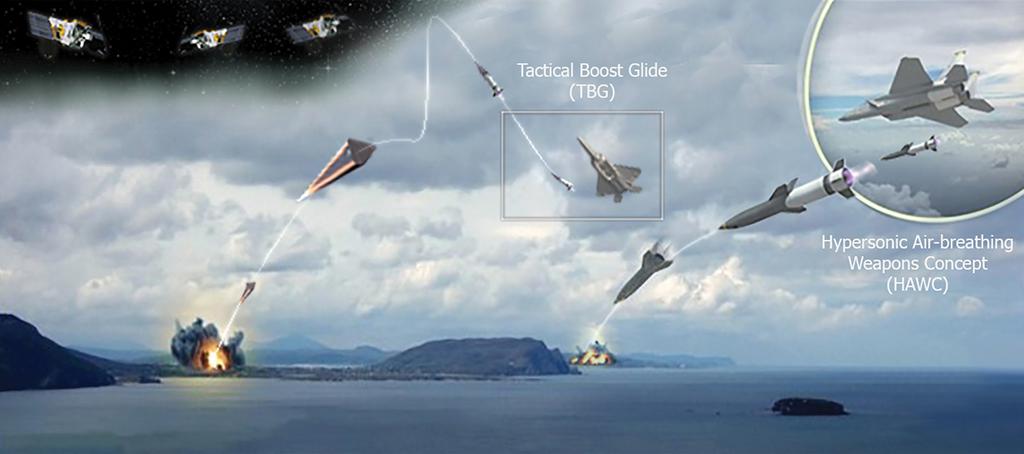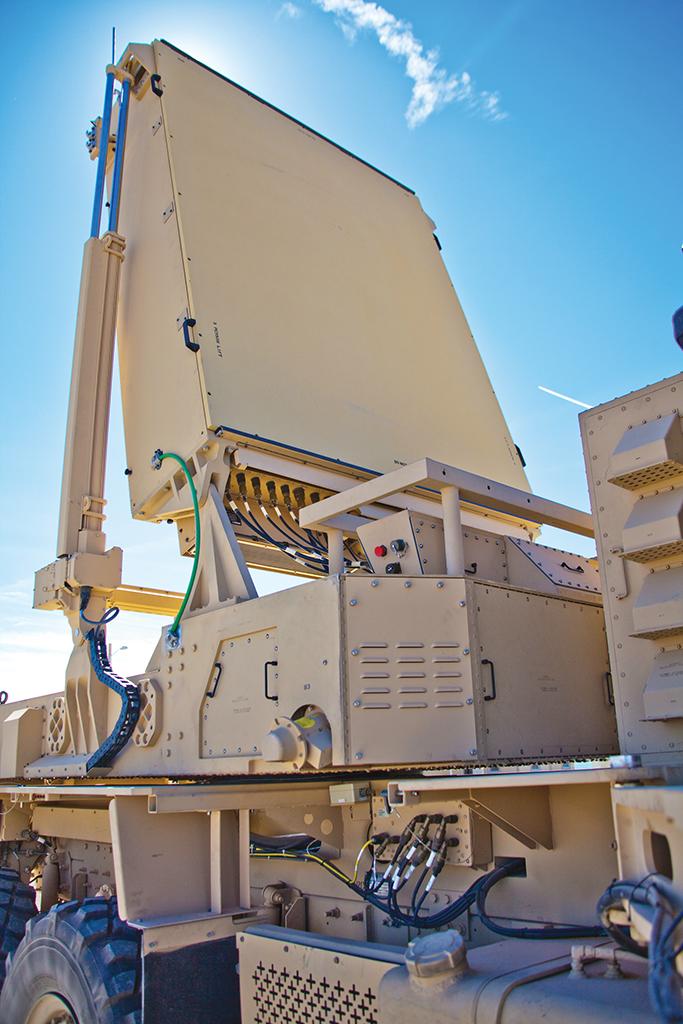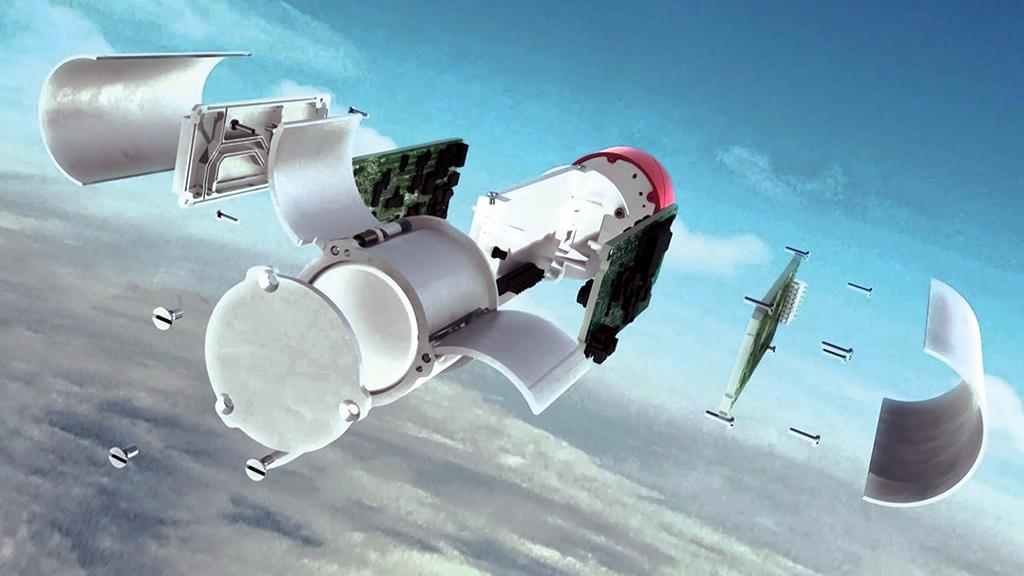
GPS-Free Precision
Precision-guided weapons need GPS, but satellite signals are certain to be jammed in future conflicts. The Pentagon’s Strategic Capabilities Office will test GPS-denied optical navigation using smartphone cameras in the Small-Diameter Bomb in 2017. DARPA, meanwhile, is funding Honeywell and Northrop Grumman to develop navigation-grade microelectromechanical-system inertial sensors by 2020 to enable GPS-denied operation of precision munitions.

Hypersonic Strike
As China and Russia advance their hypersonic weapons, the U.S. is pursuing two paths leading to flight tests by 2019. DARPA has awarded contracts to Lockheed Martin and Raytheon to demonstrate the scramjet-powered Hypersonic Air-breathing Weapon Concept. Lockheed will also develop and test the rocket-accelerated Tactical Boost Glide. Both are experimental precursors to air-launched high-speed strike missiles.

Indefinite Surveillance
Filling the gap between conventional air- and space-borne platforms, Airbus Defense and Space’s Zephyr-S high-altitude pseudo-satellite will be assessed operationally in 2017 by the UK Defense Ministry. The 82-ft.-span, 16-lb.-payload Zephyr-S is designed to stay aloft for up to 45 days at up to 70,000 ft., providing persistent intelligence or communications. The UK has ordered three of the hand-launched, solar-powered aircraft, allowing operational handover to sustain capability indefinitely.

Countering Quadcopters
Consumer drones are now weapons in the hands of insurgents, and armed forces are rushing to field countermeasures. After multiple product demos, the Anti-UAS Defense System from the UK’s Blighter Systems and U.S. partner Liteye Systems has been selected for the initial phase of an urgent U.S. Army operational need to detect, track and defeat small UAS. Lockheed Martin is to modify Army TPQ-53 counter-fire radars (pictured) for fielding by mid-2018 to provide a counter-UAS capability.

Swarming Drones
After hundreds of test launches from F-16s and F/A-18s, the Pentagon’s Strategic Capabilities Office will decide in 2017 whether the Perdix microdrone is ready to transition to the U.S. Air Force. Developed by MIT Lincoln Laboratory’s Beaver Works, the propeller-driven Perdixes are launched in parachute-braked containers from a flare dispenser to form a swarm and perform a cooperative surveillance mission.

Dispensing Jammers
A digital jammer small enough to be launched from a flare dispenser could be deployed on Royal Air Force Panavia Tornado GR4s in mid-2017 after the UK Defense Ministry placed a launch order in 2016 for trials on the strike aircraft. Leonardo’s soda-can-sized BriteCloud contains a battery-powered digital-radio-frequency-memory jammer to decoy radar-guided missiles away from the aircraft.

Beam Weapons
With programs underway to demonstrate ship-, vehicle- and aircraft-based high-power lasers, the U.S. is leading the charge toward directed-energy weapons. The UK is moving to catch up, selecting the MDBA-led DragonFire consortium to demonstrate a coherent-beam-combined fiber-laser weapon against representative targets in land and maritime environments in 2019.
Commercial electronics technology and unmanned systems advances are emerging as major drivers in the development of new military capabilities.
See also: What Commercial Aviation Tech Advances Can We Expect In 2017?
